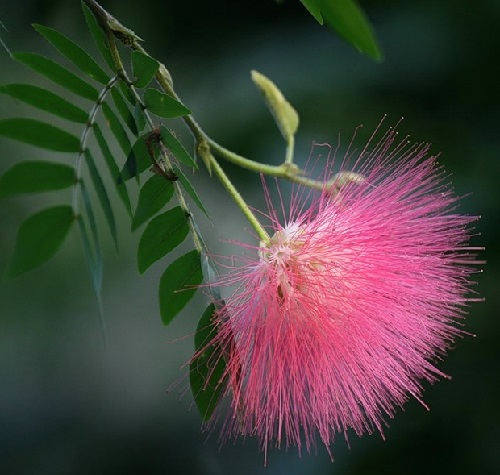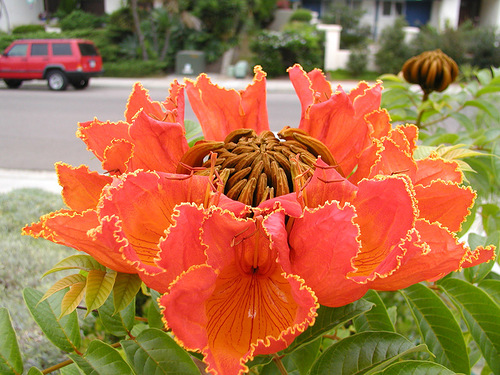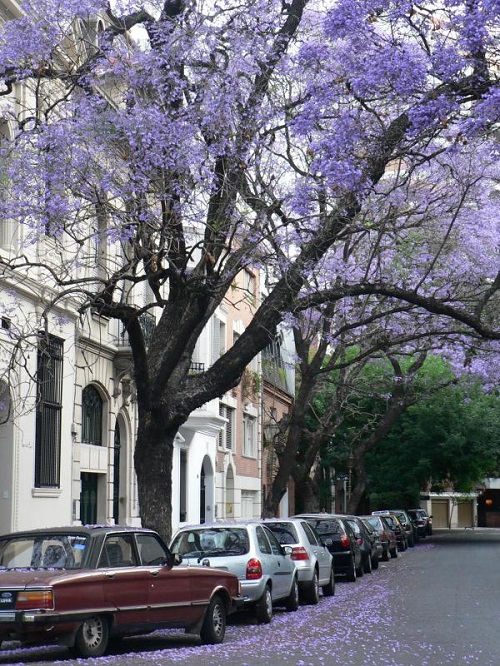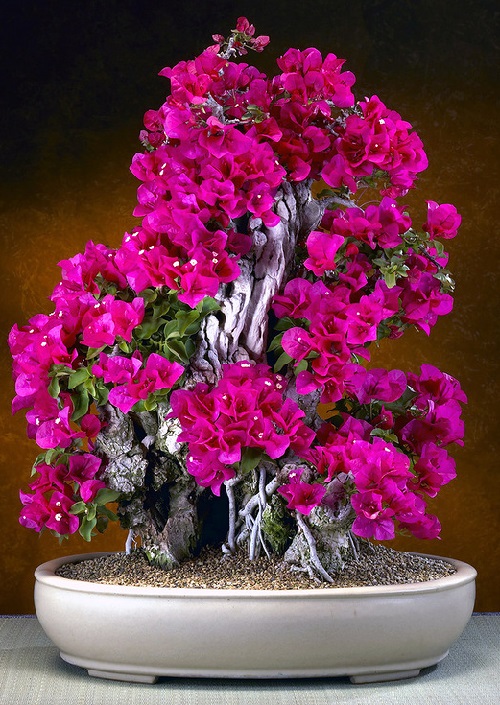Medicinal properties of beautiful Tabebuia trees
Medicinal properties of beautiful Tabebuia trees
This beautiful pink flowering tree has several names, some call it Pink Trumpet Tree, or Purple Trumpet Tree, depends on color, others – Piuva Tree, like this beautiful tree, photographed in Brazil. Tabebuia impetiginosa is another name for these flowering plants of the Bignoniaceae family. In Spanish, it is called “roble”, which means (oak), but oak is not a flowering tree, and Trumpet Tree can’t be related to oaks in any way. Tabebuias have been called “trumpet trees”, but this name is usually applied to other trees and has become a reason for confusion and mis-identification. Tabebuia trees are blooming beautifully. Flowers sized from 3 to 11 cm of dense inflorescence. The colors of flowers are white, light pink, yellow, lavender, purple or red. The inner bark of some species has almost unbelievable medicinal properties.
Tabebuia impetiginosa bark is impossible to make tea from. The bark is dried and cut, this bitter brown tea is known as Lapacho or “tahibo.” Unpleasant taste of the extract is reduced if it is taken as a pill or liquid. Lapacho bark is used in the flu and cold season, as well as to reassure smokers cough.
Lapacho plays an important role in the folk medicine of many indigenous peoples of South America. In 1980, it was touted as having “almost unbelievable properties” that could improve the quality of life of patients with cancer and AIDS.
However, the main active component – lapachol was rejected because of toxicity, which can even cause death in humans at the amounts the needed to achieve a therapeutic effect.
In addition, strong antibiotic and disinfectant properties of lapachola allow its successful use in special cases. It is noticed that the Indian medicine men used Lapacho tea, as well as from other species of Tabebuia, to treat acute illness. It is possible to use it as an antimicrobial and disinfectant expectorant, against Pneumocystis pneumonia in AIDS patients.













